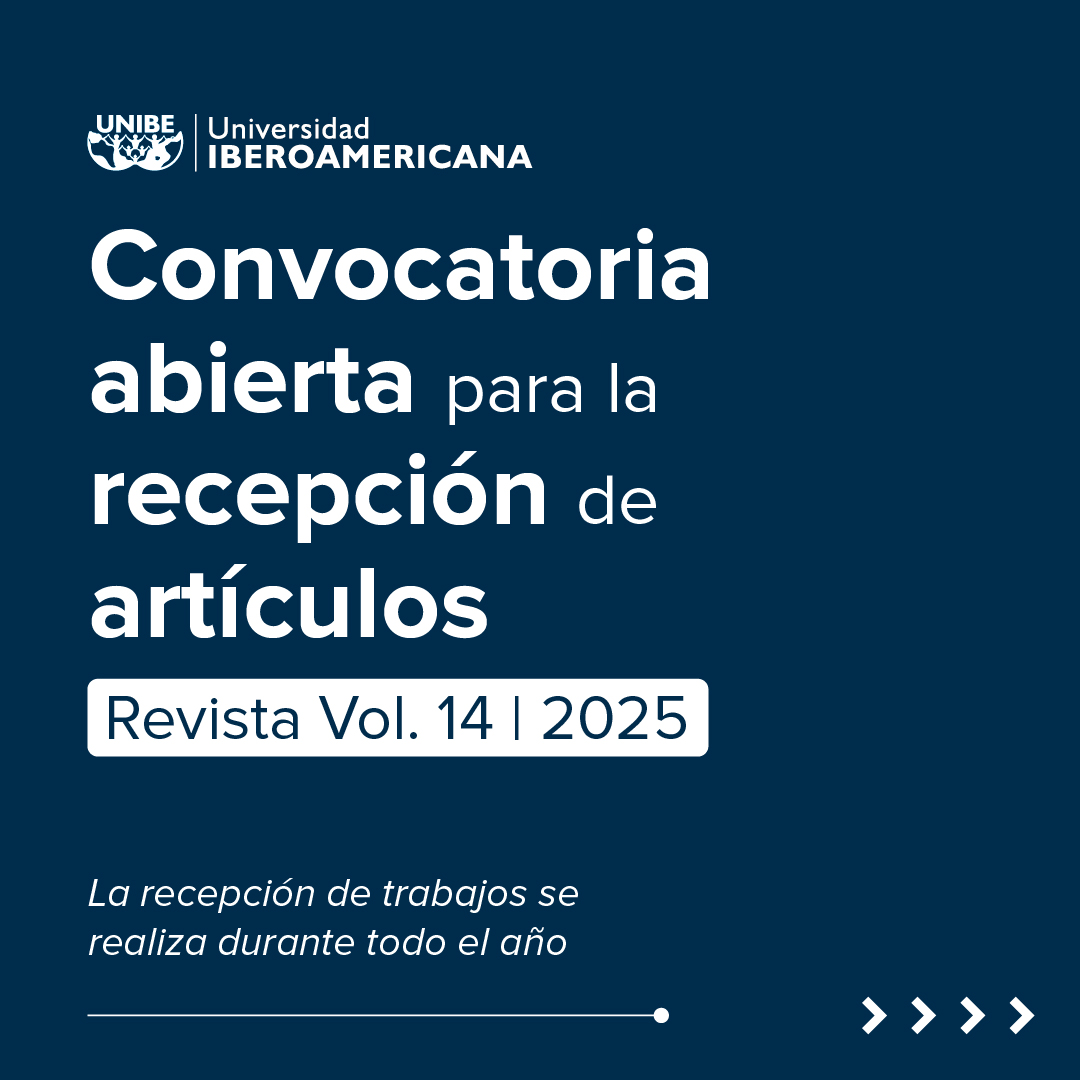Constructionism in higher education is “the art of knowing how to communicate what has been learned”. A teaching experience
DOI:
https://doi.org/10.26885/rcei.10.1.28Keywords:
constructionism, constructivism, teaching innovation, teaching-research-extension articulationAbstract
Constructionism takes up the contributions of constructivism and the theories of genetic social psychology and recognizes that the function of language is the construction of human worlds, acquiring meaning from social interaction. The objective of the study was to identify communication skills, determine student adherence and determine the perception of the implemented strategy. The applied methodology was descriptive, quantitative, cross-sectional. The non-probabilistic convenience sample, where 40 students from the Kinesiology and Physiotherapy Programs participated, developed radio programs. Data were collected through a closed questionnaire and analysis of academic performance. The results reveal that 92% of the students fulfill the capacity of knowing how to communicate what they have learned to the society. Similarly, the adherence of the students to this learning strategy was 100%. Likewise, the student’s perception of the contribution of this activity to their professional development is positive in 80%. Therefore, the results show that the innovations applied using information and communication technologies, such as Facebook and radio broadcasting, with the support of teachers and the press, facilitated the active participation of the students in this challenge. Among the competencies that university students should achieve are knowing how to communicate, interact and relate to people. In the research, the vast majority stated that they had achieved this competence, corroborating the results of academic performance.
Downloads
References
Ackermann, E. (2001). El constructivismo de Piaget, el construccionismo de Papert: cuál es la diferencia. Publicación sobre el futuro del grupo de aprendizaje, 5(3), 438.
Agencia Nacional de Acreditación de Evaluación y Acreditación de la Educación Superior, ANEAES (2018). Mecanismo de Evaluación y Acreditación de carreras de grado. http://www.aneaes.gov.py/v2/application/files/4115/4152/2307/Criterios_de_calidad_Kinesiologia_y_Fisioterapia_06_11_2018.pdf
Agudelo-Bedoya, M. E., & Estrada-Arango, P. (2012). Constructivismo y construccionismo social: Algunos puntos comunes y algunas divergencias de estas corrientes teóricas. PROSPECTIVA. Revista de Trabajo Social e Intervención Social, 353-378. https://doi.org/10.25100/prts.v0i17.1156
Aparicio Gómez, O. Y., & Ostos Ortiz, O. L. (2018). El constructivismo y el construccionismo. Revista Interamericana de Investigación, Educación y Pedagogía, 11(2), 115-120. https://www.redalyc.org/articulo.oa?id=561059326007
Castillo, S. (2008). Propuesta pedagógica basada en el constructivismo para el uso óptimo de las TIC en la enseñanza y el aprendizaje de la matemática. Revista latinoamericana de investigación en matemática educativa, 11(2), 171-194. http://www.scielo.org.mx/scielo.php?script=sci_arttext&pid=S1665-24362008000200002&lng=es&tlng=es
Demandes, I., Latrach, C. A., Febre, N. P., Muñoz, C., Torres, P., & Retamal, J. (2012). Evaluación del razonamiento científico y comunicación oral y escrita en el licenciado en enfermería. Revista da Escola de Enfermagem da USP, 46(4), 980-984. https://doi.org/10.1590/S0080-62342012000400028
Fernández de la Iglesia, J. C., Casal Otero, L., Fernández Morante, M. C., & Cebreiro, B. (2020). Actitudes y uso de Internet y redes sociales en estudiantes universitarios/as de Galicia: implicaciones personales y sociales. Revista Prisma Social, (28), 145-160. https://revistaprismasocial.es/article/view/3372
Feo Acevedo, C., & Feo Istúriz, O. (2013). Impacto de los medios de comunicación en la salud pública. Saúde em debate, 37, 84-95. https://www.scielosp.org/article/sdeb/2013.v37n96/84-95/
Gómez, O. Y. A., & Ortiz, O. L. O. (2018). El constructivismo y el construccionismo. Revista Interamericana de Investigación, Educación y Pedagogía, RIIEP, 11(2), 115-120.
Iglesias-García, M., & González-Díaz, C. (2013). El uso de Facebook como herramienta para la interacción en el proceso de enseñanza-aprendizaje. RANTES EN UN GRUPO. http://hdl.handle.net/10045/44148
Krüger, K. (2006). El concepto de sociedad del conocimiento. Revista bibliográfica de geografía y ciencias sociales, 11(683), 25.
Mosquera, M. (2003). Comunicación en salud: conceptos, teorías y experiencias. Comminit, La iniciativa de la comunicación, 563-570.
Mullo-López, A. H., Yaguana-Romero, H. A., & Alvarez-Garzón, L. C. (2017). Contenido y estructura de la radio universitaria de Ecuador en el contexto analógico y digital. Razón y Palabra, 21(3_98), 118-149. https://revistarazonypalabra.org/index.php/ryp/article/view/1048/1034
París, C. (2014). Reflexiones sobre el discurso oral. Hablar en público. Ribalta: Quaderns d´ aplicació didàctica i investigació, (21), 75-90. https://dialnet.unirioja.es/descarga/articulo/4815888.pdf
Rossi, A. G. (2021). Alfabetismos transmedia y construccionismo como elementos para el rediseño didáctico. Un estudio de caso en el contexto universitario. Educación, Lenguaje y Sociedad, 18(18). https://cerac.unlpam.edu.ar/index.php/els/article/view/5923/6607
Sánchez Hernández, A. (2013). Hablar en público como medio para una exitosa comunicación logrando la interrelación de todos los integrantes en un grupo. http://www.fundacionfuncae.es/archivos/documentosarticulos/SANCHEZ%20HERNANDEZ(2).pdf
Saxe, E. B., & Murillo, A. C. (2004). Construccionismo: objetos para pensar, entidades públicas y micromundos. Revista Electrónica. Actualidades Investigativas en Educación, 4(1).
Schwabe, R. H. (2013). Las tecnologías educativas bajo u paradigma construccionista: un modelo de aprendizaje en el contexto de los nativos digitales. Revista ibero-americana de estudos em educação, 8(3), 738-746. https://dialnet.unirioja.es/servlet/articulo?codigo=6202403
Tello, E. (2007). Las tecnologías de la información y comunicaciones (TIC) y la brecha digital: su impacto en la sociedad de México. International Journal of Educational Technology in Higher Education (ETHE). https://www.raco.cat/index.php/Rusc/article/viewFile/78534/102611
Vicario Solórzano, C. M. (2009). Construccionismo. Referente sociotecnopedagógico para la era digital. Innovación Educativa, 9(47), 45-50. https://www.redalyc.org/articulo.oa?id=179414895005
Villamil, H. R. (2008). Del constructivismo al construccionismo: implicaciones educativas. Educación y desarrollo social, 2(1), 71-89. https://dialnet.unirioja.es/descarga/articulo/2692738.pdf














